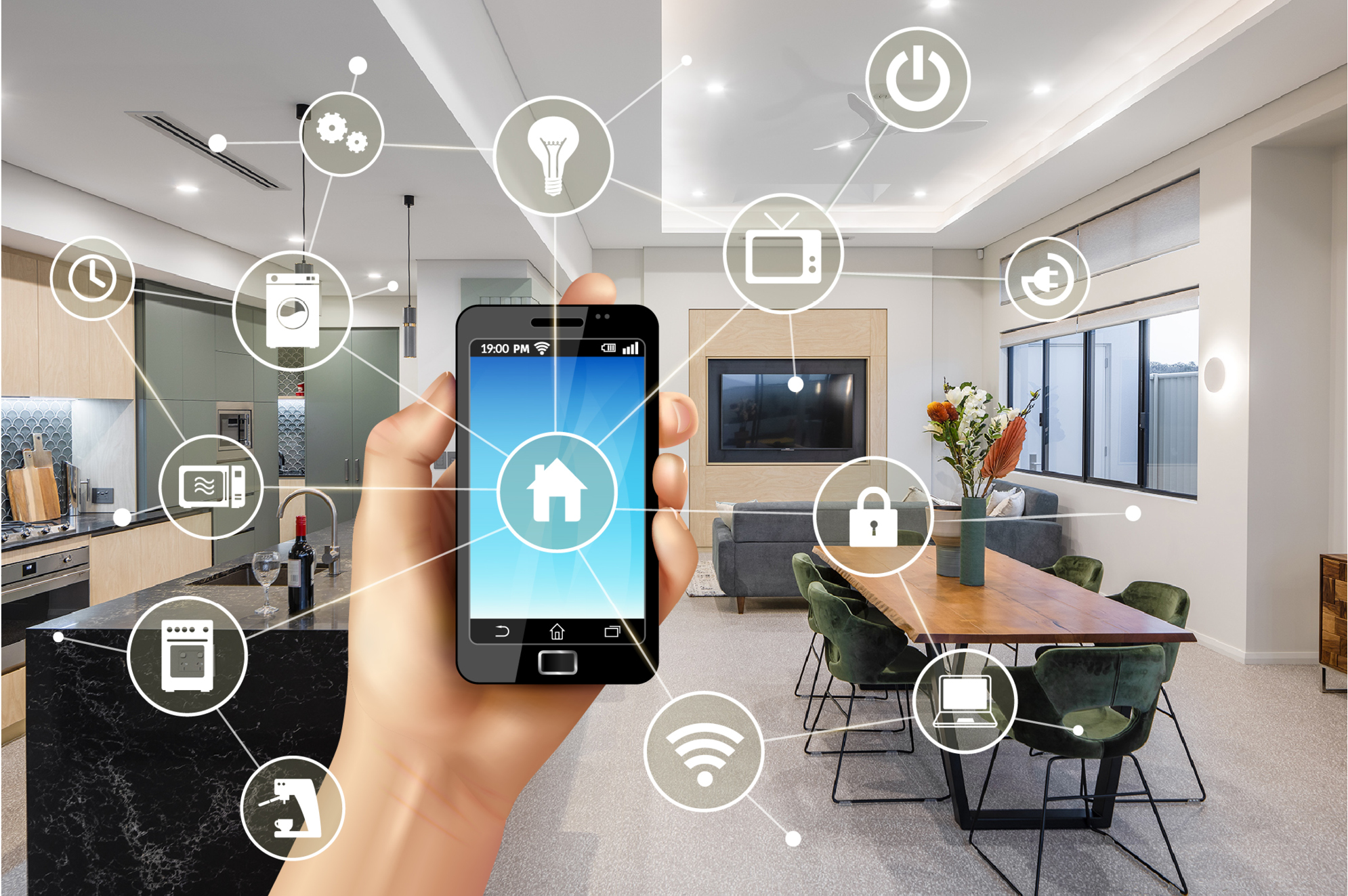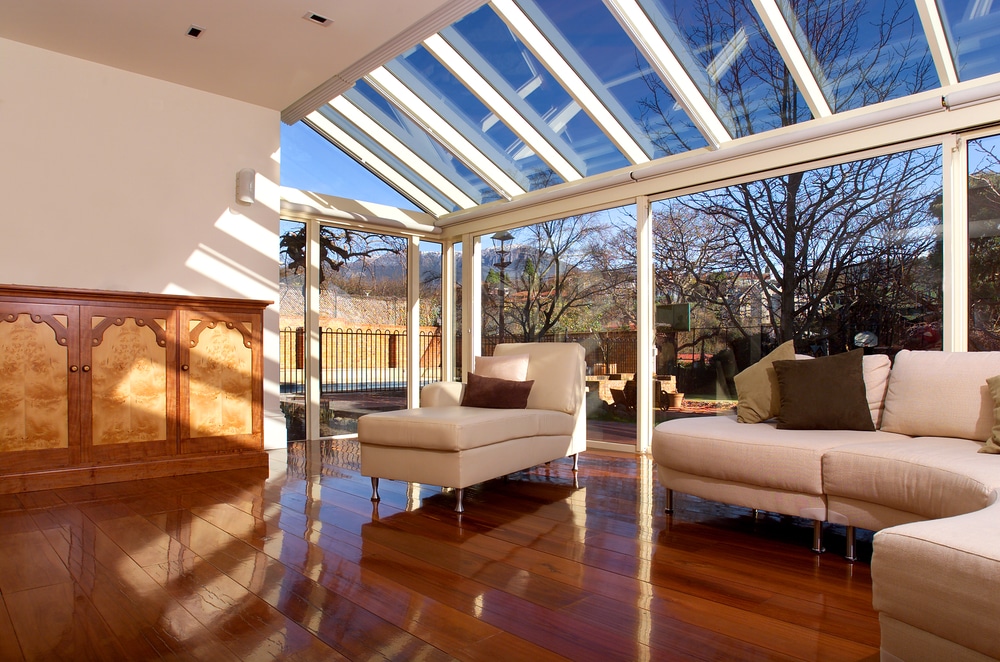
Hinsdale, IL, a village known for its quaint downtown and beautiful homes, is a community that values sustainability and environmental responsibility. As more homeowners in Hinsdale and across the country become conscious of their environmental impact, they’re looking for ways to make their homes more eco-friendly. Making green upgrades to your home not only benefits the planet but can also improve your living space’s efficiency, comfort, and even your health. From energy-saving appliances to sustainable building materials, there are numerous ways to incorporate eco-friendly practices into your home. In this article, we’ll explore various eco-friendly upgrades that you can implement in your home to make it more sustainable, reduce your carbon footprint, and potentially save money in the long run.
- Install Energy-Efficient Windows
Energy-efficient windows are a crucial upgrade for eco-conscious homeowners. These windows not only reduce energy consumption by maintaining a consistent indoor temperature but also provide excellent insulation against noise. Look for windows with low-emissivity (low-E) glass coatings and proper sealing to maximize energy savings. In addition to reducing your heating and cooling costs, these windows can enhance the comfort of your home and may even qualify you for certain energy-saving rebates and incentives.
- Sustainable Bathroom Upgrades

In any home renovation, bathroom upgrades offer an opportunity to implement eco-friendly features. For instance, bathroom remodels in Hinsdale IL, can focus on water conservation by installing low-flow toilets and showerheads, as well as water-efficient faucets. Using sustainable materials like recycled glass tiles or bamboo cabinets can further reduce the environmental impact of your remodel. These upgrades not only save water and resources but also modernize your bathroom with a fresh, eco-conscious design.
- Use Eco-Friendly Insulation
Eco-friendly insulation materials offer superior thermal performance and are safer for both the environment and your health. Materials like sheep’s wool, recycled denim, or cellulose are sustainable and effective alternatives to traditional insulation. These materials are often treated to be fire-resistant and pest-repellent, adding an extra layer of safety to your home. Upgrading your insulation with these greener options not only improves your home’s energy efficiency but also contributes to a healthier indoor environment by reducing the presence of harmful chemicals.
- Invest in Solar Panels

Solar panels are an excellent long-term investment for an eco-friendly home. They not only reduce your reliance on non-renewable energy sources but also can increase the resale value of your property. Many homeowners find that the initial cost of installing solar panels is offset by the significant reduction in their electricity bills over time. Additionally, depending on your location, you may be eligible for tax credits, rebates, and other incentives that can further offset the installation costs.
- Upgrade to Energy-Efficient Appliances
Switching to energy-efficient appliances can have a profound impact on reducing your home’s overall energy consumption. These appliances are designed to use less electricity and water without compromising performance. When shopping for new appliances, consider those with advanced features like programmable settings and smart technology, which can further enhance their efficiency and convenience. Energy-efficient appliances not only help you save money and reduce your environmental footprint but also often come with enhanced functionality and modern designs.
- Install Low-Flow Water Fixtures
Installing low-flow water fixtures is an effective way to conserve water and reduce your utility bills. Low-flow showerheads, faucets, and toilets are designed to provide sufficient water flow while significantly reducing water usage. Many modern low-flow fixtures are engineered to provide a high-quality experience, so you won’t have to sacrifice comfort for conservation. These fixtures are relatively easy to install and can make a substantial difference in your home’s water efficiency, making them an ideal upgrade for eco-conscious homeowners.
- Eco-Friendly Flooring Options
Choosing eco-friendly flooring is a great way to reduce your environmental impact while enhancing the aesthetics of your home. Sustainable flooring materials like bamboo, cork, and reclaimed hardwood not only look beautiful but also offer durability and longevity. Bamboo and cork are rapidly renewable resources, making them excellent green choices. Reclaimed wood gives a second life to existing materials and adds unique character and charm to your floors. These eco-friendly flooring options are not only visually appealing but also contribute to healthier indoor air quality by emitting fewer volatile organic compounds (VOCs).
- Smart Home Technology

Incorporating smart home technology can significantly increase your home’s energy efficiency. Smart thermostats allow for precise temperature control and can learn your schedule to optimize heating and cooling. Smart lighting systems enable you to control lights remotely, set schedules, and even adjust brightness, reducing unnecessary energy usage. Additionally, smart power strips and energy monitors can help you track and manage your home’s overall energy consumption, leading to more mindful energy use.
- Green Landscaping
Eco-friendly landscaping is about more than just plant selection; it involves designing your outdoor space in a way that reduces its environmental impact. Using native plants that are adapted to your region’s climate can minimize the need for watering and chemical treatments. Implementing rain gardens, permeable paving, and rain barrels can help manage stormwater runoff while composting organic waste contributes to nutrient-rich soil. Green landscaping not only enhances your home’s curb appeal but also supports local ecosystems and conserves resources.
- Paint with Low VOCs
Using low-VOC or zero-VOC paints is an easy yet effective way to make your home renovation more eco-friendly. These paints release fewer toxins into the air, improving indoor air quality and reducing potential health risks. Low-VOC paints are available in a wide range of colors and finishes, allowing you to achieve your desired aesthetic without compromising on health and environmental considerations.
- Utilize Natural Light

Maximizing natural light in your home can significantly reduce your reliance on artificial lighting, thus saving energy. Consider installing larger windows, skylights, or solar tubes to brighten up your space with natural sunlight. Using light-reflective colors and surfaces can also enhance the effect of natural light, making your home feel more open and airy. In addition to its energy-saving benefits, natural light has been shown to improve mood and increase productivity, making it a valuable aspect of any eco-friendly home upgrade.
Conclusion
Making eco-friendly upgrades to your home is not only good for the environment but can also improve your quality of life and potentially save you money in the long run. From energy-efficient windows to sustainable bathroom remodels, there are numerous ways to make your home more sustainable. By implementing these changes, you can create a more comfortable, efficient, and environmentally friendly living space that aligns with your values and lifestyle. Whether you live in Hinsdale, IL, or anywhere else, embracing eco-friendly home upgrades is a step towards a more sustainable future.




